
Are you struggling to manage your monthly energy costs? A mini-split system could be the solution you need. Known for their energy efficiency and versatility, mini-split systems are a modern HVAC option that offers more than just temperature control. With the ability to tailor comfort to specific areas of your home while using less energy, mini-splits can help you save significantly on your energy bills.
If you’re ready to explore how a mini-split system can transform your home’s energy efficiency, check out this page for expert guidance and professional services: https://andersonair.com/residential/mini-splits/.
Here are five ways a mini-split system can help lower your energy bills.
1. Zoned heating and cooling for maximum efficiency
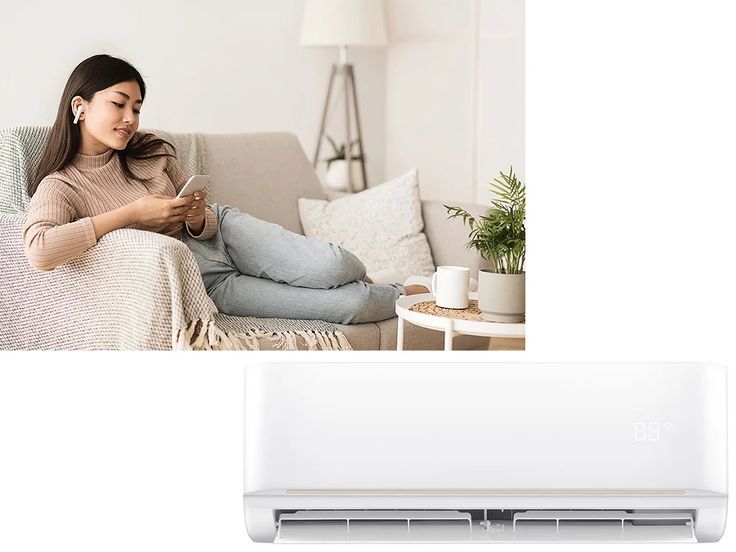
A notable advantage of a mini-split system is its capacity to deliver zoned heating and cooling to specific areas of your home. Traditional HVAC systems typically heat or cool the entire house at once, but mini-split units give you the flexibility to set different temperatures in individual rooms or zones.
For example, you can keep the living room comfortably warm while saving energy by reducing heating in unused rooms. This precise control ensures you’re only using energy where it’s needed, helping to lower energy waste and your monthly utility bills.
How it saves energy:
- Reduces energy consumption by limiting heating and cooling to occupied spaces.
- Prevents the overuse of energy in empty or seldom-used rooms.
2. No energy loss due to ductwork
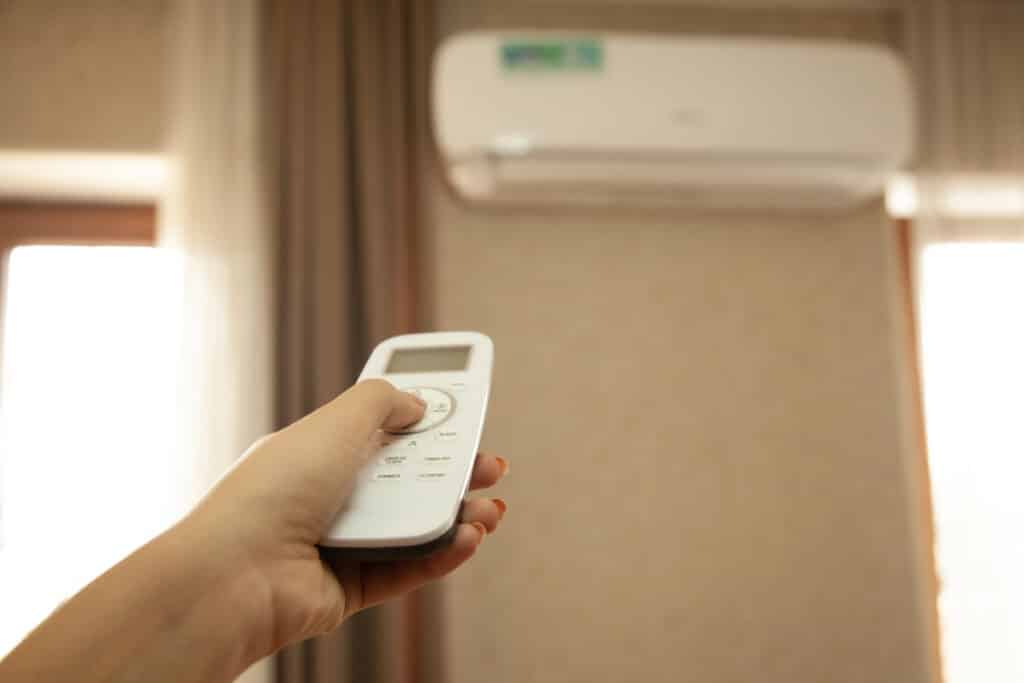
Traditional HVAC systems use ductwork to distribute heated or cooled air throughout the home. However, ductwork can often result in significant energy loss. Leaks, poor insulation, and general duct inefficiency can waste up to 30% of the system’s energy output.
Mini-split systems are ductless, eliminating this prominent source of energy loss. By delivering air directly to the target area, they ensure every bit of energy is put to good use, resulting in lower energy bills and better performance.
Key benefits:
- Direct airflow eliminates duct-related energy waste.
- More efficient airflow contributes to consistent room temperatures.
3. Highly efficient compressors and advanced technology
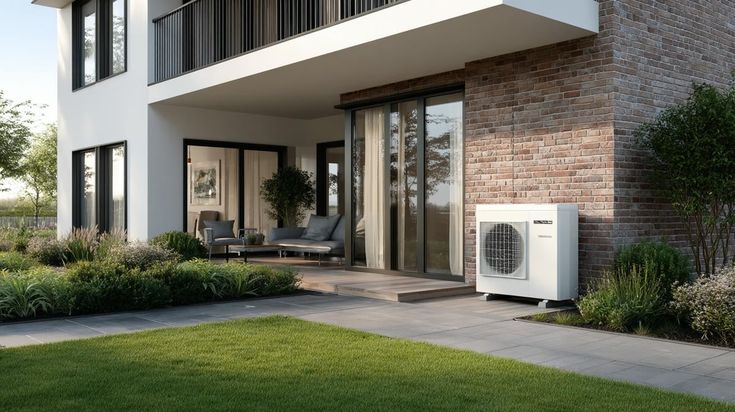
Mini-split systems are equipped with highly efficient compressors and inverter technology, allowing variable speed operation. Unlike traditional systems that cycle on and off at full power, mini-splits adjust their output based on the exact heating or cooling demand.
This reduces the unnecessary energy spikes caused by constant cycling and helps maintain a steady, energy-efficient performance throughout the day.
Advanced features to look for:
- Inverter technology dynamically adjusts power usage to match actual needs.
- Modern compressors operate quietly and use less energy than conventional models.
4. Customizable for your home’s needs
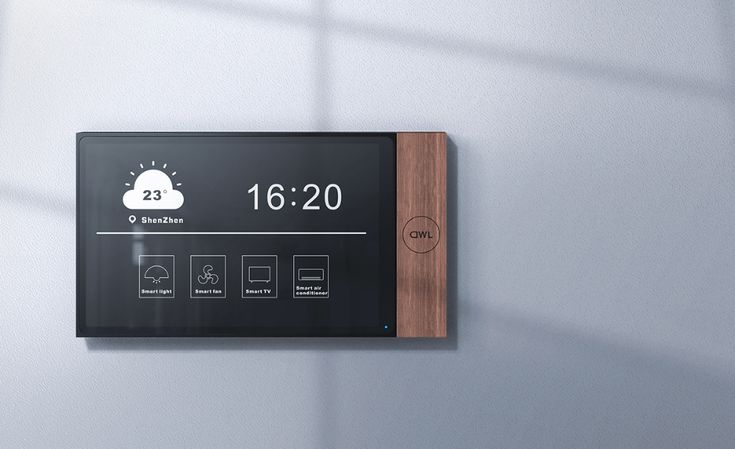
Flexibility is another factor that contributes to the energy efficiency of mini-split systems. These units come in various sizes and configurations, allowing you to customize the setup to suit your home’s specific requirements. You can install a single unit for one room or scale up with multiple zones for a larger home.
Tailored solutions mean you’ll never use a system that’s too powerful (and energy-consuming) for your space. This customization minimizes energy waste and ensures optimal efficiency.
Why it works:
- Right-sized systems operate more efficiently, avoiding the pitfalls of oversizing or undersizing.
- Multi-zone options help address each area’s unique heating or cooling requirements.
5. Environmentally friendly refrigerant options
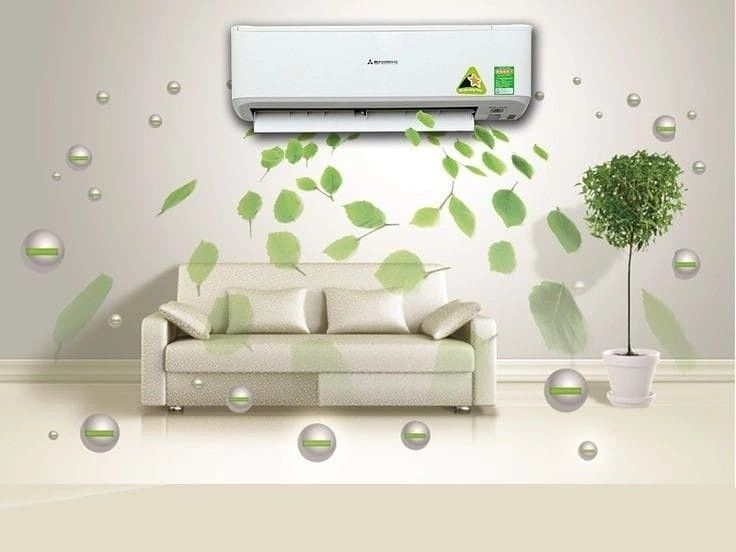
Modern mini-split systems often use environmentally friendly refrigerants like R-410A, which are more energy-efficient and less harmful to the ozone layer than older varieties of refrigerants. These eco-conscious refrigerants contribute to environmental sustainability and promote better system performance with lower energy requirements.
Choosing a system with an eco-friendly refrigerant can reduce both your carbon footprint and your monthly energy costs, making it a win for both you and the planet.
Benefits of eco-friendly refrigerants:
- Higher energy efficiency leads to lower monthly utility bills.
- Reduces long-term environmental impact.
Conclusion
Switching to a mini-split system isn’t just about upgrading your home’s heating and cooling; it’s about investing in long-term energy savings. With benefits like zoned heating and cooling, ductless efficiency, and advanced compressor technologies, these systems are an excellent choice for homeowners looking to cut down on utility expenses.
Switch to a mini-split system today and enjoy personalized comfort that doesn’t break the bank!
- 1share
- Facebook0
- Pinterest1
- Twitter0



